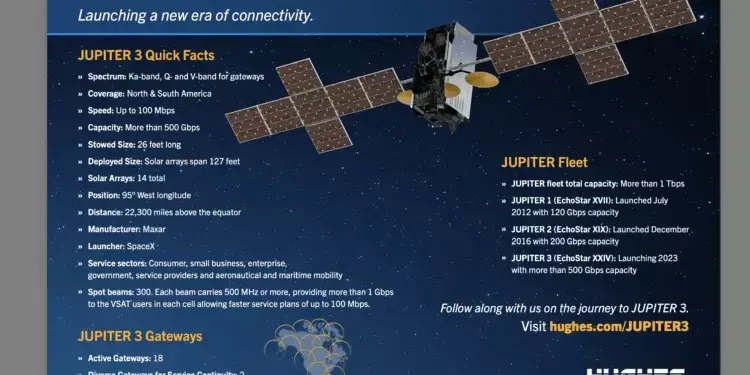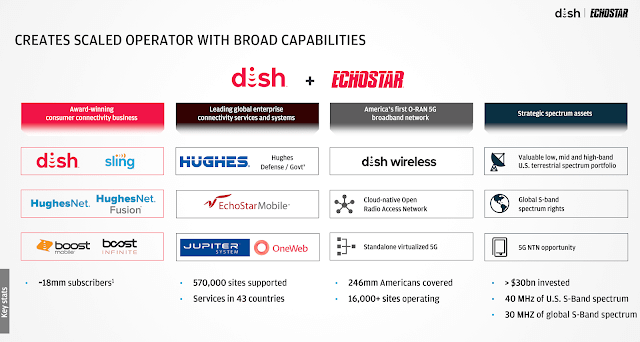by Maurizio Severi, Head of Fiber Business Line at Nokia Fixed Networks
When listening to the arguments in the telecom industry about 25G and 50G PON, you could get the impression that there’s some kind of PON war going on. Even though 25G PON is being deployed, fierce debate still surrounds it.
However, the debate concerning 25G versus 50G PON is fruitless, and it detracts from what is important. It’s not about the technology; it is never about the technology. It is about business.
In the broadband business, the point is that different operators have different needs. Different variations of passive optical network (PON), therefore, are just tools in the fiber toolbox that enable broadband operators to address their business needs.
In short, both 25G and 50G PON technologies will have a place in the industry, serving the different business needs and use cases of different operators. So, let’s put to rest the arguments against 25G PON, once and for all.
Short Term vs Long Term Thinking
One of the most frequent claims from 25G PON opponents is: “25G PON is a temporary solution. Why invest in it when you can invest a bit more and have 50G PON?”
There are quite a few problems with such a short statement. The first pertains to labeling 25G PON as a temporary solution. All technologies are temporary. Innovation never stops, and there will always be another technological evolution on the horizon (luckily).
Pioneers of GPON deployments would have never started if they waited for hardware solutions with higher speeds, higher density and lower power solutions. Waiting might be fine in a closed monopoly but rarely is it an option when competition is involved. If one always waits for the next thing, opportunities will pass by or be stolen by a competitor.
Every operator must evaluate when it is the right moment for them to jump into the next technology. This decision will be based on the business case: the cost, market demand, what the additional services will enable compared to available technologies, potential revenues, competitor actions and, hence, what is the overall opportunity for your business.
Another glaring flaw in the argument above is the part about investment. For many operators, the whole point of 25G PON is that they don’t need to make a huge investment because they already have 25G PON capabilities in their networks. It is on the same chassis and the line card that they are using today for XGS-PON and can run alongside and complement GPON and XGS-PON services.
In contrast, 50G PON will require at least new line cards and quite possibly new optical line terminals (OLT). Essentially, the difference is about building on something you already have or ripping it out and buying something new.
Perhaps the biggest piece of misdirection in the anti-25G PON statement is that even if one was ready to invest more and get 50G PON, they can’t – yet.
The earliest we’ll see a commercial 50G PON solution at a reasonable price point will be the second half of the decade. 50G PON is a complex technology, and the solutions needed to solve the challenges are still costly and need to mature. The industry will overcome these challenges but not for a few more years. In contrast, 25G PON is based on known mature technologies. It has already been successfully deployed and, hence, it is a low risk.
Backwards Compatibility
Lastly, the naysayers are often insisting that you need to choose between 25G and 50G. This is simply not true.
Just as XGS-PON was designed to run alongside GPON, and 25G PON to run alongside both XGS and GPON, one will be able to run 50G and 25G PON together on the same infrastructure.
Depending on priorities, service strategy, competition, and so on, there is a good chance that unleashing 25G now will pay dividends and bring a greater return than waiting for 50G. If that isn’t the case, one can wait for 50G PON, and once it becomes available, they will be able to move from XGS-PON to 50G PON. There is no lock-in to a single option.
PON evolution is about business, not about technology, and the need for these increased capacities is already here. Mobile backhaul, high-density Gigabit residential and wholesale, as well as business services all require capacity beyond 10G. and 25GPON is addressing these use cases today. For services requiring bandwidth above 25 Gb/s, 50G PON will be the best fit.
Both 25G and 50G serve as tools within a PON toolbox. They are options for unlocking more value from fiber broadband networks, and the availability of options empowers operators to make the choice that best suits their needs.


















